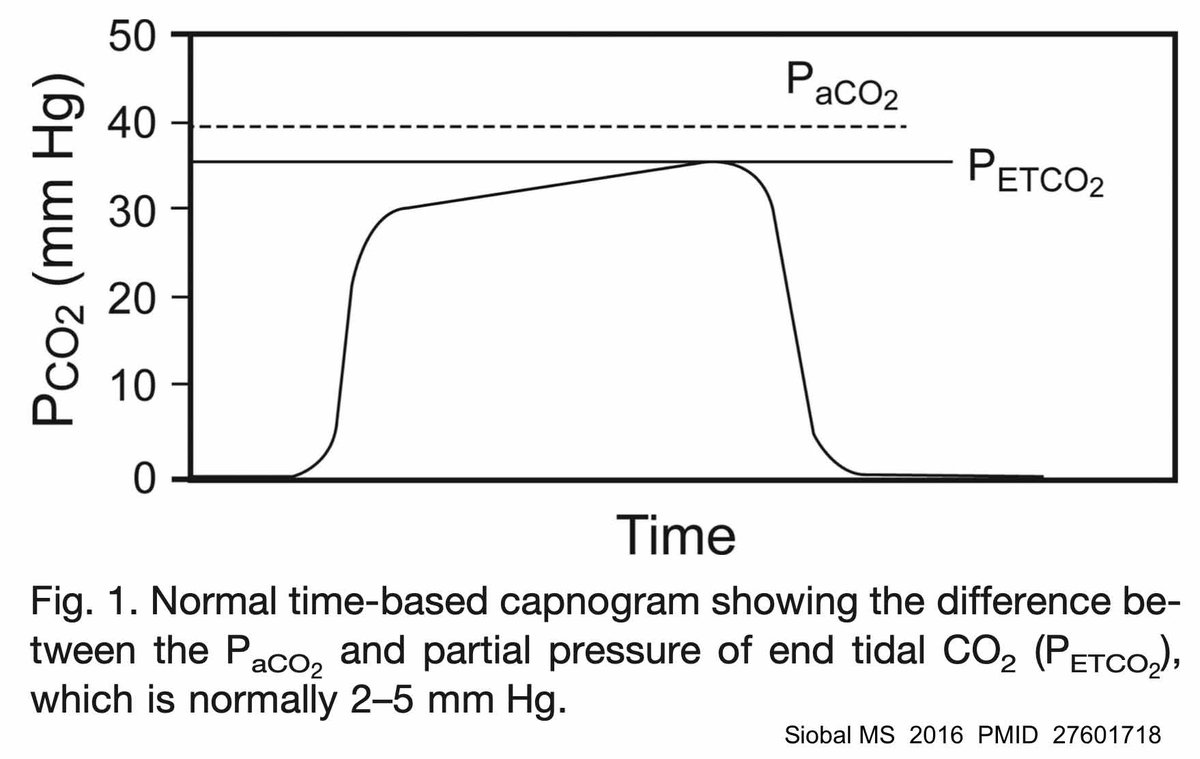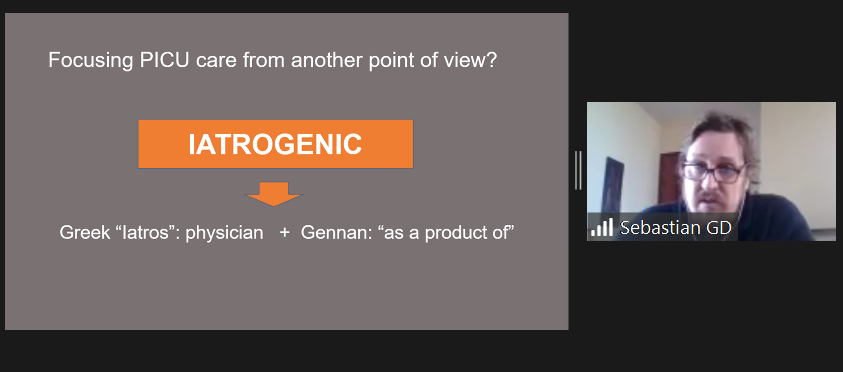Discover and read the best of Twitter Threads about #Zentensivist
Most recents (17)
May the 4th be with you! Tip #4 #TipsForNewDocs #MedTwitter
You’ve probably heard this one time and time again: “read more” or “read up on your patients”
Yet no one tells you HOW they read more and make that information stick!
A 🧵 on the system I developed in residency
You’ve probably heard this one time and time again: “read more” or “read up on your patients”
Yet no one tells you HOW they read more and make that information stick!
A 🧵 on the system I developed in residency
I have a terrible memory so I have to brush up constantly
Being told to read more was daunting because the amount to read was overwhelming and I may only retain 10% of the UpToDate article, etc
There are 3 areas I focus on
Dx reasoning
Rx reasoning
Patient Centered EBM
Being told to read more was daunting because the amount to read was overwhelming and I may only retain 10% of the UpToDate article, etc
There are 3 areas I focus on
Dx reasoning
Rx reasoning
Patient Centered EBM
Dx Reasoning:
As many on here describe well, it isn’t the reps. It’s the intentionality to those reps and active reflection on cases that improve your dx skills
If your dx is delayed or incorrect in real life, spend time reflecting on your illness script and cognitive biases
As many on here describe well, it isn’t the reps. It’s the intentionality to those reps and active reflection on cases that improve your dx skills
If your dx is delayed or incorrect in real life, spend time reflecting on your illness script and cognitive biases
time for a fluid & electrolyte tweetorial 😝
an asymptomatic adult human presents with these findings...

an asymptomatic adult human presents with these findings...


should you institute therapy or repeat lytes?
EKG shows classic findings of hypoK (ST depression & pronounced U-wave that produce a "wavy baseline" pattern). so the hypokalemia is real - treatment should start immediately.
(more on EKG findings of hypoK:hqmeded-ecg.blogspot.com/search?q=hypok… )
(more on EKG findings of hypoK:hqmeded-ecg.blogspot.com/search?q=hypok… )
Waveform capnography! I've been meaning to cover this for years. Finally posted an IBCC chapter on it. The chapter is pretty long (filled with subversion, physiology, and zentensivism), so here is a thread with some key points.🧵
emcrit.org/ibcc/co2/
emcrit.org/ibcc/co2/
1/
Your patient that is “over breathing” the vent may still be dead by brain criteria.
A #tweetorial #medtweetorial for providers in #criticalcare #EM #neuro #neurocriticalcare. @MedTweetorials
Your patient that is “over breathing” the vent may still be dead by brain criteria.
A #tweetorial #medtweetorial for providers in #criticalcare #EM #neuro #neurocriticalcare. @MedTweetorials
2/
First and foremost, let’s be clear that to be dead by brain criteria, the patient must have cessation of ALL brain function *INCLUDING absence of respiratory drive.*
Thinking "But... I thought you just said...."?
First and foremost, let’s be clear that to be dead by brain criteria, the patient must have cessation of ALL brain function *INCLUDING absence of respiratory drive.*
Thinking "But... I thought you just said...."?
3/
The contradiction here lies in that ventilators are sometimes too sensitive.
The contradiction here lies in that ventilators are sometimes too sensitive.
Interesting experience at the dentist, with #zentensivist and #healthpolicy lessons.
Had a cleaning a couple weeks ago, she said I had a small cavity worth filling. I went back today to do that.
1/5
Had a cleaning a couple weeks ago, she said I had a small cavity worth filling. I went back today to do that.
1/5
She pokes around, makes eyebrows, says let me go look at that X-ray again.
Pokes around some more, pauses for a moment.
“Let’s just leave it alone and watch it.”
2/
Pokes around some more, pauses for a moment.
“Let’s just leave it alone and watch it.”
2/
I’m de facto happy but also curious about the reasoning. She explains. It makes sense (but not quite enough for me to relate it here).
On my way out I ask her if there’s a billing code for her careful consideration.
Nope. You only get paid if you do stuff.
3/
On my way out I ask her if there’s a billing code for her careful consideration.
Nope. You only get paid if you do stuff.
3/
I ❤️the Choosing Wisely Campaign.
Here are the ICU-focused recs:
#criticalcare #icu #covid #nursing #medicine #emergencymedicine #zentensivist #FOAMed #MedEd #medtwitter
@TWDFNR @SCCM @accpchest @ATSCritCare @choosingwisely
Here are the ICU-focused recs:
#criticalcare #icu #covid #nursing #medicine #emergencymedicine #zentensivist #FOAMed #MedEd #medtwitter
@TWDFNR @SCCM @accpchest @ATSCritCare @choosingwisely

Only order tests when it will affect clinical decisions! The routine ordering of tests increases health care costs, doesn’t benefit patients and may in fact harm them.
#FOAMed #MedEd #medtwitter #zentensivist
#FOAMed #MedEd #medtwitter #zentensivist

Transfusing RBCs at a threshold of 7 g/dL is associated with similar or improved survival, fewer complications and reduced costs compared to higher transfusion triggers.
#FOAMed #MedEd #medtwitter #zentensivist
#FOAMed #MedEd #medtwitter #zentensivist

Here is the #PedsICU #BestOf2020 collection.
Jointly chosen by
@Dr_Hari_Krishna @sgdambrauskas and myself
Pubmed collection 40 articles: bit.ly/pedsicubestof2…
Infographic (clickable PDF) in English: bit.ly/bestof2020eng
Spanish: bit.ly/bestof2020esp
#PedsCICU #NeuroPICU

Jointly chosen by
@Dr_Hari_Krishna @sgdambrauskas and myself
Pubmed collection 40 articles: bit.ly/pedsicubestof2…
Infographic (clickable PDF) in English: bit.ly/bestof2020eng
Spanish: bit.ly/bestof2020esp
#PedsCICU #NeuroPICU

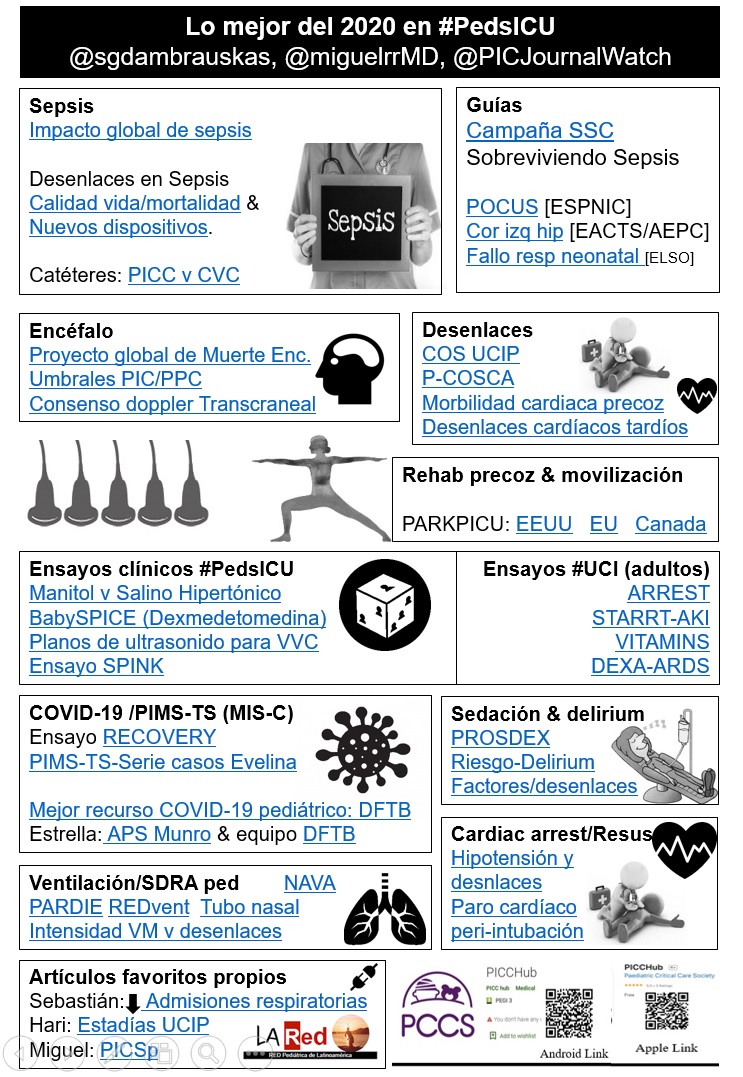
This will be a bilingual tweetorial in Spanish/English!
Infographics are available in both languages in Tweet #1
El hilo será en Español/Inglés. El resumen infográfico está disponible en los dos idiomas en el primer Tweet
Infographics are available in both languages in Tweet #1
El hilo será en Español/Inglés. El resumen infográfico está disponible en los dos idiomas en el primer Tweet
1/What are the outcomes that matter to children, to families and to #researchers/clinicians? @ericka_fink et al & @PostPICU_PALISI investigators identified COS using a delphi process. @CritCareMed bit.ly/381cfq8. Developmental and functional outcomes were important. 
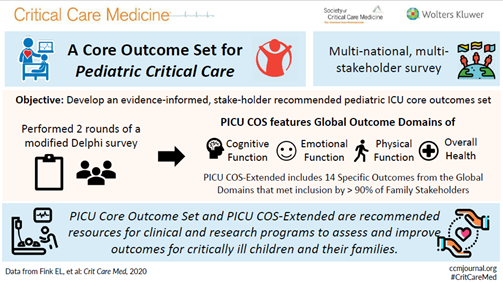
@karanskahlon: Why do we get ABG's? Do we even care about compensated hypercapnia? (spoiler: no!) #CHEST2020
@karanskahlon: Or we just getting ABG's to check a box? ("euboxia") #CHEST2020
Floating the big yellow bird today. (#swanganz #SCG #PAC). Always remember to “lift it, flick it, flush it” and watch the results on the monitor before you set it a sail to make sure you’re on the right channel and you’re scale is correct. #zentensivist @doc_BLocke 
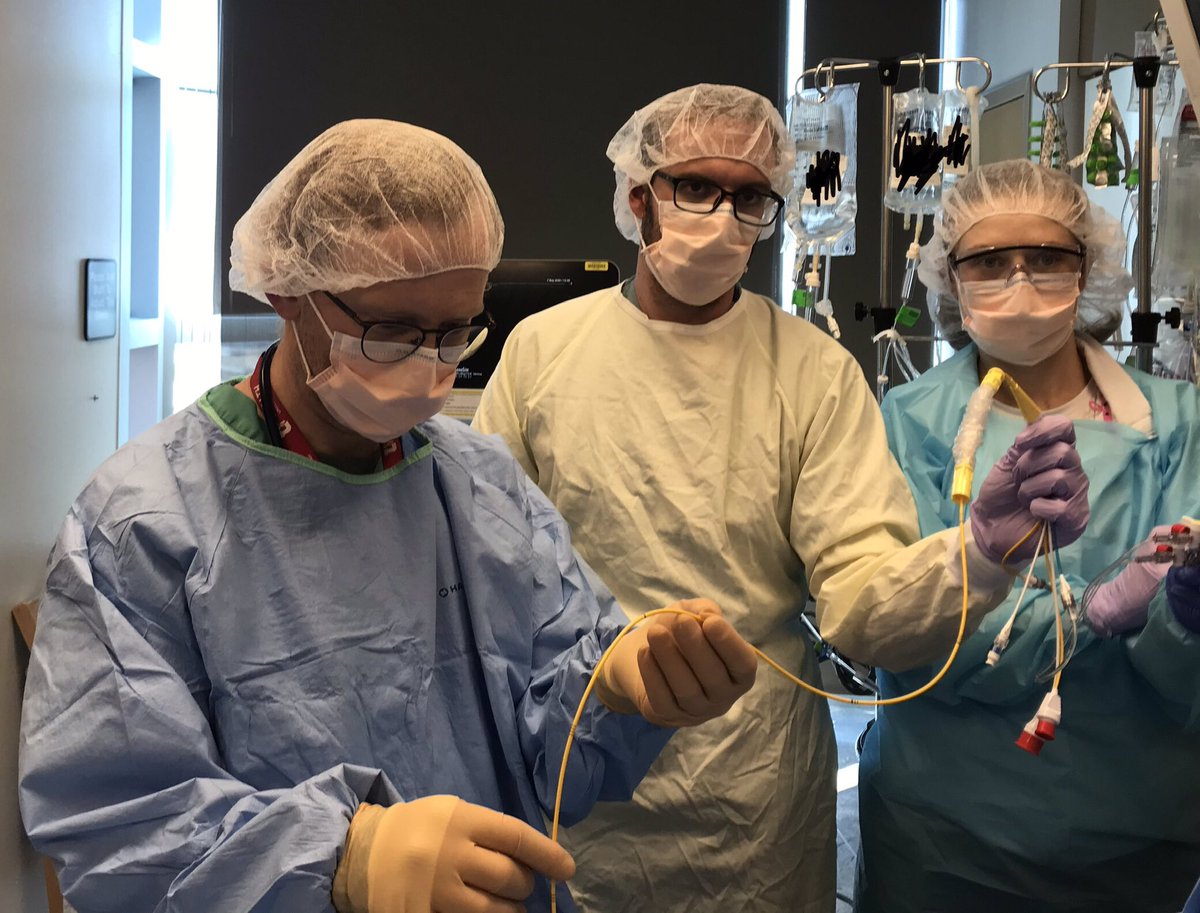
Irony is I get flask for not doing bronchs where I rarely find anything and I get flak for doing Swans where, as in this case, I often find useful things
To elaborate on “lift it flick it flush it” just in case it’s not obvious: b/f you float the swan, check it’s response on the monitor: lift it (the tip) 10 cm & see if baseline rises accordingly on the monitor; flick the tip to see if you get deflections; then flush it to see if
💔MILESTONE REACHED💔
1/11
Intensive care admissions for kids with #COVID19 have surpassed 1,000 in the USA (n=1,011).
This is an UNDERCOUNT; not all PICUs report their data.
67% of these kids are Hispanic or Black.
#PedsICU @vps_llc #epitwitter
covkidproject.org
1/11
Intensive care admissions for kids with #COVID19 have surpassed 1,000 in the USA (n=1,011).
This is an UNDERCOUNT; not all PICUs report their data.
67% of these kids are Hispanic or Black.
#PedsICU @vps_llc #epitwitter
covkidproject.org
💔MILESTONE REACHED💔
2/11
When our team published a research paper on critical illness in children with #COVID19 in April 2020, there had been 74 kids admitted to PICU in the USA.
That seemed like a lot to us back then.
#PedsICU #epitwitter #coronavirus @vps_llc @JPHMPDirect
2/11
When our team published a research paper on critical illness in children with #COVID19 in April 2020, there had been 74 kids admitted to PICU in the USA.
That seemed like a lot to us back then.
#PedsICU #epitwitter #coronavirus @vps_llc @JPHMPDirect
💔MILESTONE REACHED💔
3/11
Here are time trends in #COVID19 PICU admissions for the 3 largest states. Keep in mind these are UNDERCOUNTS. #Florida #Texas #California
#PedsICU #epitwitter @vps_llc @hospitals4kids @JPHMPDirect @HealthyFla @TexasDSHS @CAPublicHealth @NACCHOalerts
3/11
Here are time trends in #COVID19 PICU admissions for the 3 largest states. Keep in mind these are UNDERCOUNTS. #Florida #Texas #California
#PedsICU #epitwitter @vps_llc @hospitals4kids @JPHMPDirect @HealthyFla @TexasDSHS @CAPublicHealth @NACCHOalerts

In this thread, I'm live-tweeting @sgdambrauskas awesome talk for @AKUGlobal series on #COVID19 in #PedsICU
Critically important topic #Zentensivist #ICURehab #BacktoBasics #DoNoHarm
Critically important topic #Zentensivist #ICURehab #BacktoBasics #DoNoHarm
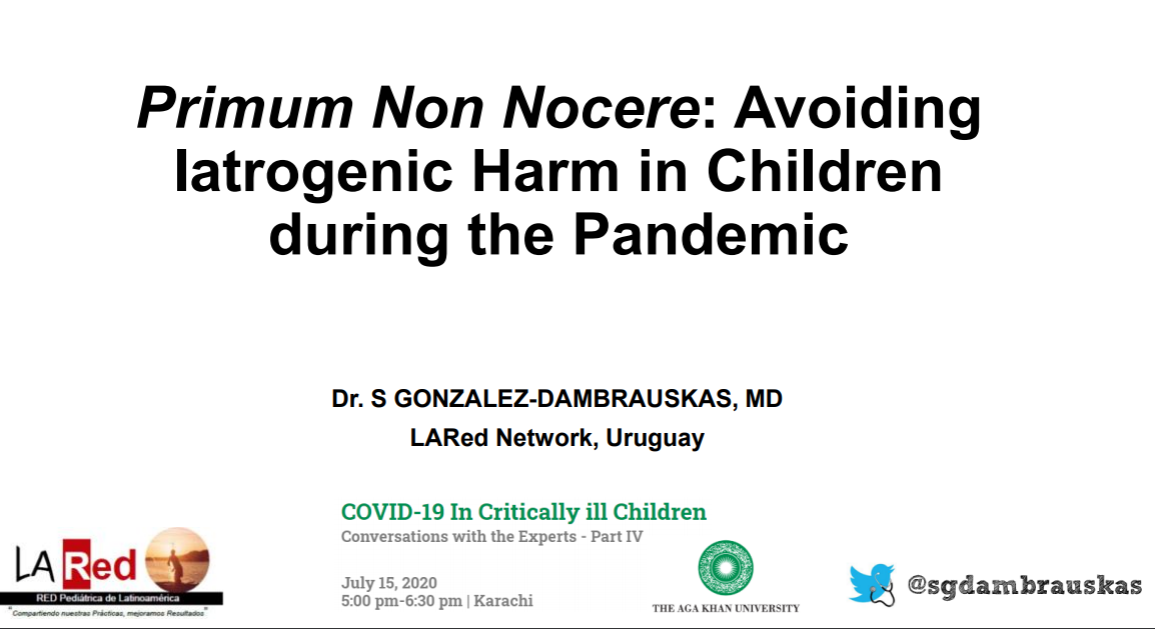
Critical Illness is an iatrogenic disorder- @sgdambrauskas highlights an important perspective by John Marshall in @CritCareMed #PedsICU 
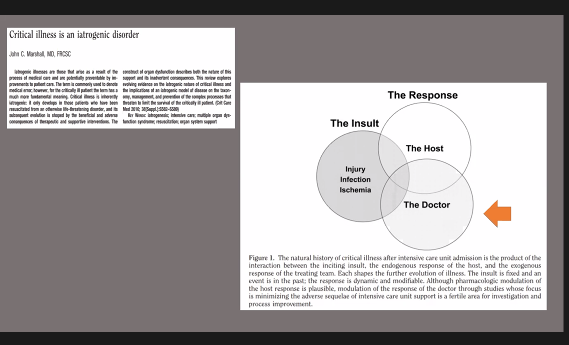
🚨Crashing Patient Case🚨
72 yo ♀️ to ED with syncope, hypotension. Intubated for hypercap/hypox resp failure. Hypotensive post, tx to ICU.
A Tubed
B FiO2 1.0, 10 ml/kg Vt
❤️ MAP 70 -> 50 -> 30 in mins
D sedate, +cough
E Leaky 22g PIV
U n/a
L WBC 35k, lact 1.7, UA+CXR shown

72 yo ♀️ to ED with syncope, hypotension. Intubated for hypercap/hypox resp failure. Hypotensive post, tx to ICU.
A Tubed
B FiO2 1.0, 10 ml/kg Vt
❤️ MAP 70 -> 50 -> 30 in mins
D sedate, +cough
E Leaky 22g PIV
U n/a
L WBC 35k, lact 1.7, UA+CXR shown


First step?
My team is very adept at CVCs, but we go for the IO (1 min to insert vs 10, and much higher first past success doi.org/10.1097/ccm.00…)
More on IOs from LITFL litfl.com/intraosseous-a…
Also, the vent is alarming for high peak pressures (45 cm H2O consistently). What next?
More on IOs from LITFL litfl.com/intraosseous-a…
Also, the vent is alarming for high peak pressures (45 cm H2O consistently). What next?
To continue . . . in statistics, survival analysis and mortality analysis are different. Survival measures time-to-event, and the relevant comparison is the hazard ratio. Survival curves are generated by log-rank or Kaplan-Meier functions. /1
Hazard ratios essentially measure the difference between the two curves, and express the difference in the probability of a subsequent event happening in each of the two groups. /2
Mortality measures the probability that a person in Group A or B is dead at a specified time point (on hospital discharge, 28 days after inclusion, 90d, 1 yr, etc.) The difference in mortality risk in two groups would be compared using chi-squared, Student's T, or similar. /3
#COVID19 Early vs delayed intubation. IMV has many known adverse effects and complications. Why would anyone want to intubate early? Two proposed reasons: 1) Prolonged hypoxemia might be harmful 2) Severely increased work of breathing might actually increase lung damage. (1)
1⃣Should we tolerate hypoxemia? Physiology 1st: If nothing else changes, even a 40% sat would still mean a DO2 of about 2x VO2 (normally 5x greater). Increased CO can improve this a lot. A young, previously healthy and hemodynamically stable pt should tolerate 80% just fine (2) 
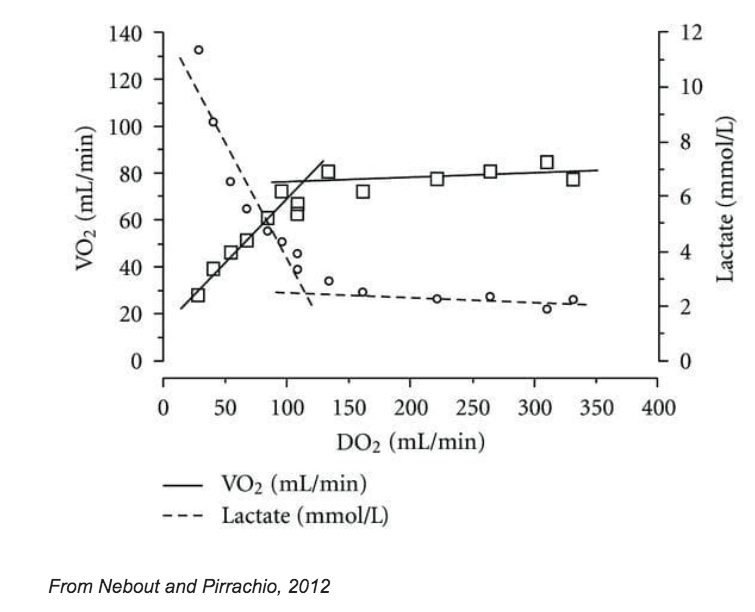
In the words of Dr Martin J. Tobin: Evidence of end-organ damage is difficult to demonstrate in patients with PaO2 above 40 mmHg (equivalent to oxygen saturation of approximately 75%). doi.org/10.1164/rccm.2… (3) 



Interesting issue in mechanical ventilation of #COVID19 patients, each one here after >10 days of mechanical ventilation.
How might we monitor for development of this? Time to pay attention to resistance, oft neglected in the age of COVID #ARDS...
#tweetorial #SoMe4MV


How might we monitor for development of this? Time to pay attention to resistance, oft neglected in the age of COVID #ARDS...
#tweetorial #SoMe4MV
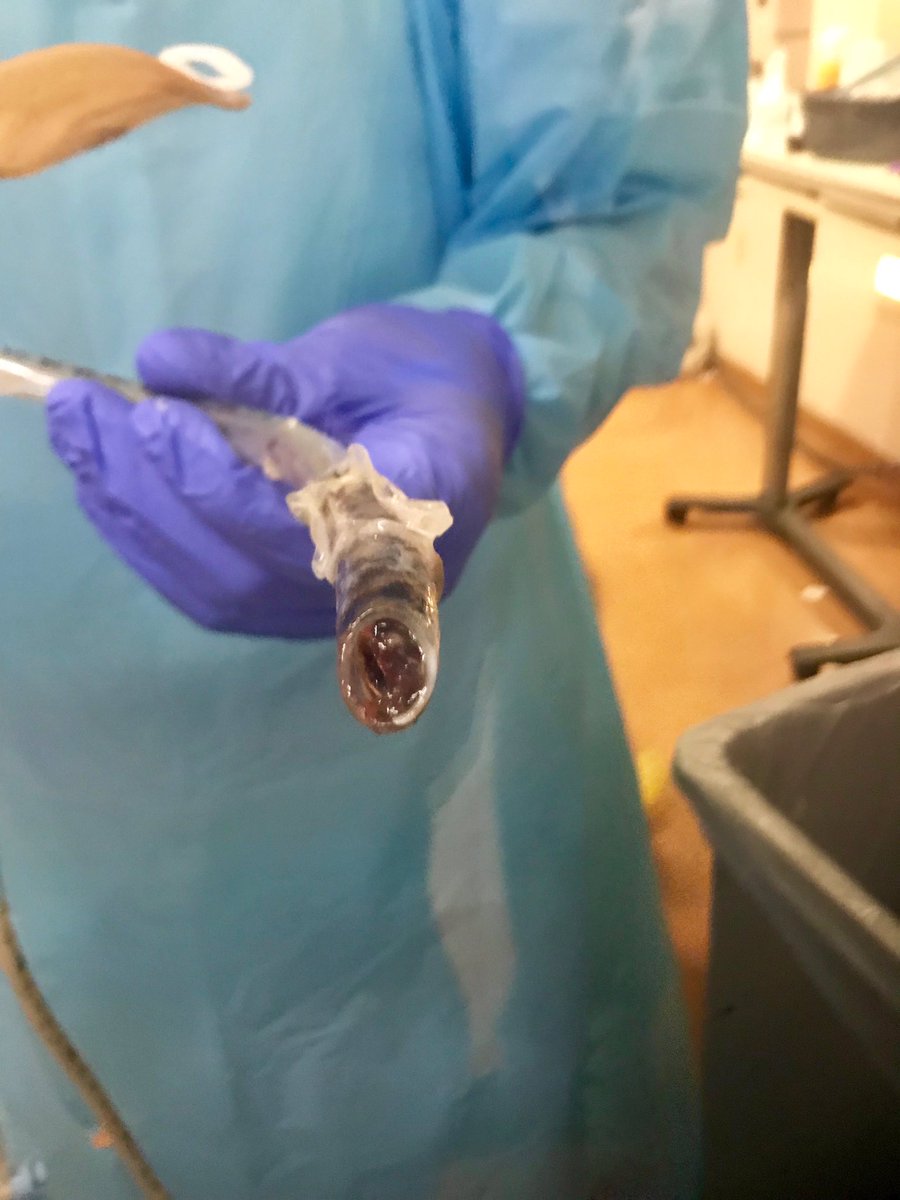
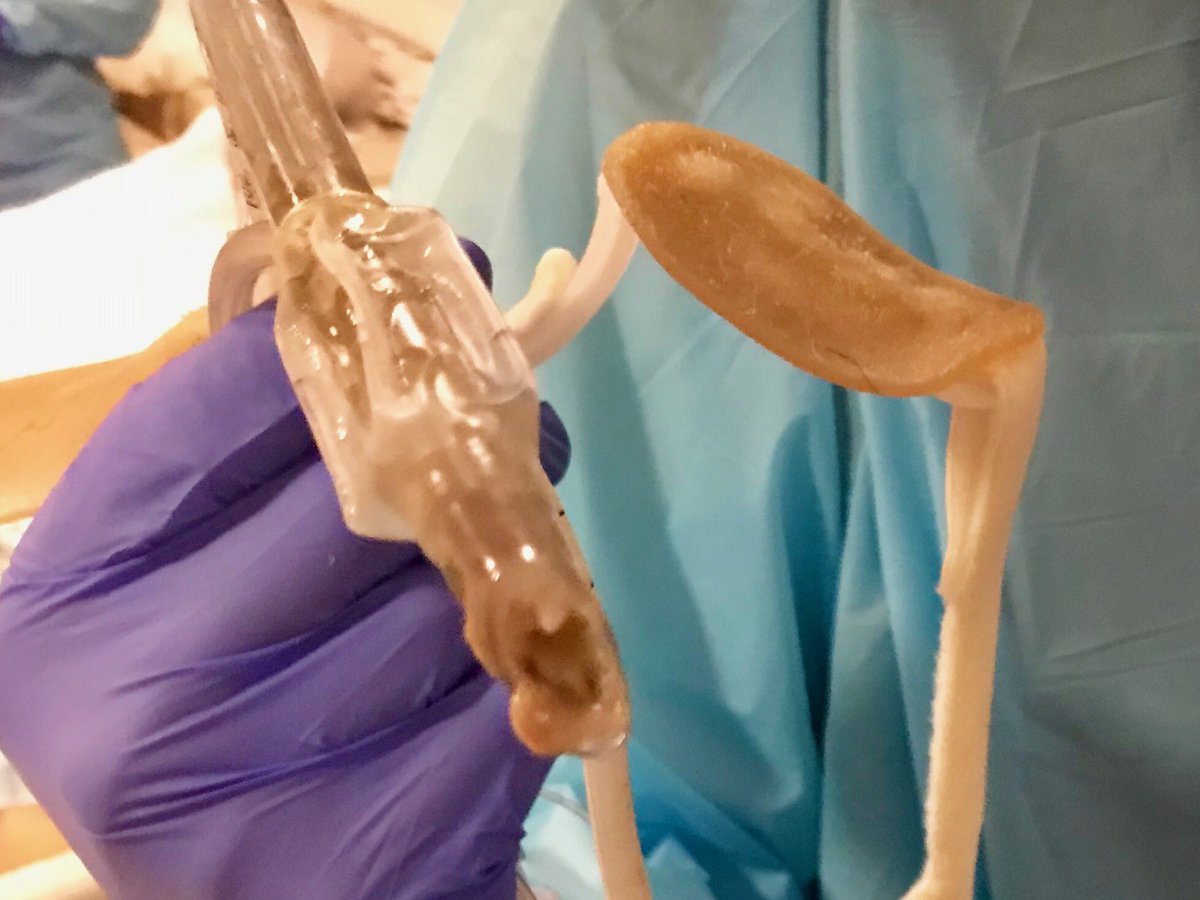

First step is to examine the flow waveform. In this case a patient in volume control, to observe how passive expiration is changed by changing time constant.
More on time constants here: derangedphysiology.com/main/cicm-prim…
More on time constants here: derangedphysiology.com/main/cicm-prim…
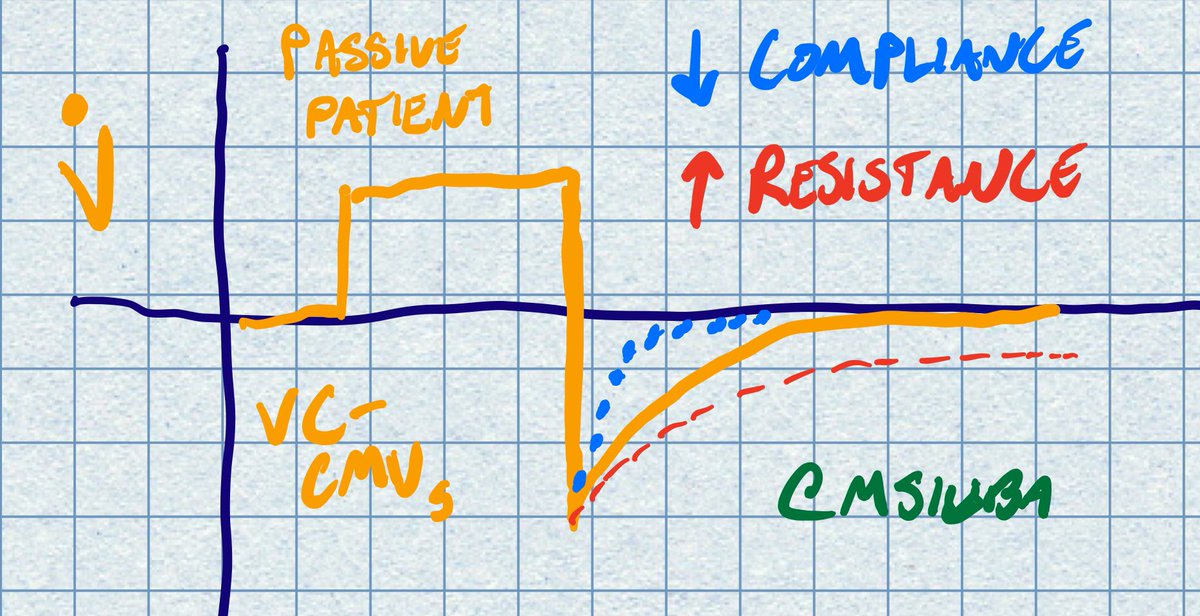
A faster time constant is associated with decreased compliance (increased elastic recoil). The opposite is seen with airway resistance.
In these cases we often see the expiratory phase on the flow diagram *not* return to baseline before the next inspiration is initiated
In these cases we often see the expiratory phase on the flow diagram *not* return to baseline before the next inspiration is initiated
How do you set up pulse pressure variation (PPV) on the monitor? This, of course, requires an arterial line.
Here, @lillieannamd #CleClinicRespiratory shows us how it's done, quickly, on a Phillips monitor. After, we'll talk about uses wrt preload responsiveness... #tweetorial
Here, @lillieannamd #CleClinicRespiratory shows us how it's done, quickly, on a Phillips monitor. After, we'll talk about uses wrt preload responsiveness... #tweetorial
PPV leverages the changes in preload owing to mechanical ventilation, effectively testing where the pt is on the starling curve. A positive response (threshold 12%) suggests they are on a dynamic portion of the curve. 

There are key assumptions which must be met for this to be valid. Namely:
(1) Patient must be PASSIVELY mechanically ventilated
(2) In sinus rhythm
(3) Tidal volume 8-10 ml/kg.
Key ref: annalsofintensivecare.springeropen.com/articles/10.11…
(1) Patient must be PASSIVELY mechanically ventilated
(2) In sinus rhythm
(3) Tidal volume 8-10 ml/kg.
Key ref: annalsofintensivecare.springeropen.com/articles/10.11…
writing some discussion questions for a short resident teaching session this afternoon on ABG & VBG analysis. answers & explanation to follow later this evening... ABGs are presented as pH/pCO2/pO2/bicarb (1/6)
A woman with history of heart failure, COPD, and recent international plane travel presents with dyspnea to the ED. ABG shows 7.52/29/65/23. What does this test reveal about her diagnosis? (2/6)
A man with COPD presents with initial ABG 7.25/70/55/30. His mentation is fine, but he has substantial work of breathing with RR 35. After two hours of BiPAP he is feeling & looking better with RR 27/min. Repeat ABG shows 7.23/74/130/30. What is best management? (3/6)
